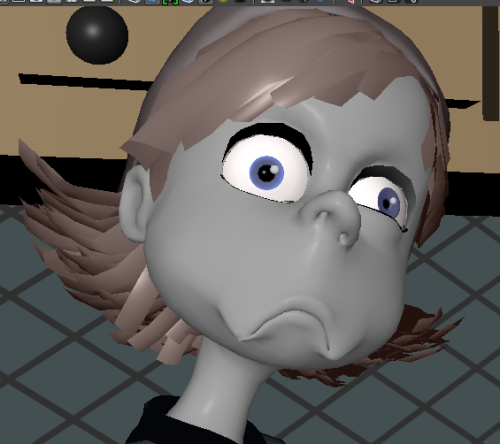

However, I wanted to walk you through the workflow I used to create this portrait using Maya and the Arnold renderer. Each person works differently to get the desired result. Individual creative processes can’t be simply downloaded and applied effectively by any artist. With Arnold I can make a major sculptural change, try different texture maps and endlessly tweak my assets to capture the right effect seamlessly with minimal effort, making the process of realizing my vision a pure joy. The ability to toggle my images back and forth between modeling solutions keeps the creative process moving. Then I hope to use that realism to provoke an emotion in the viewer.Īrnold allows me to drag the creative process out of my head and onto the screen.

I’m constantly studying anatomy, trying to understand the nuances and subtleties of form, all the different layers to it, and making it as believable as possible. Inspired by the old masters from the Renaissance, Neoclassical artists and some 20th Century illustrators, I’ve always sought to capture their knack for intensity, atmosphere and storytelling-no matter what medium. I started using Maya and Arnold as a student at Gnomon School of Visual Effects in Los Angeles, and my time there learning and being mentored by some of the best people in VFX helped me transition from my traditional arts background to computer graphics. The Arnold renderer is essential to my creative process. Artists want to make art-not manage software. Having a set of tools and a workflow that eases that process is essential.

You need to translate your thoughts, your vision, your emotion through a piece of software so that it accurately represents your vision. Transferring an image from the mind to the screen is probably the hardest part of being a digital artist. Architecture, Engineering and Construction.Architecture, Engineering & Construction.


 0 kommentar(er)
0 kommentar(er)
